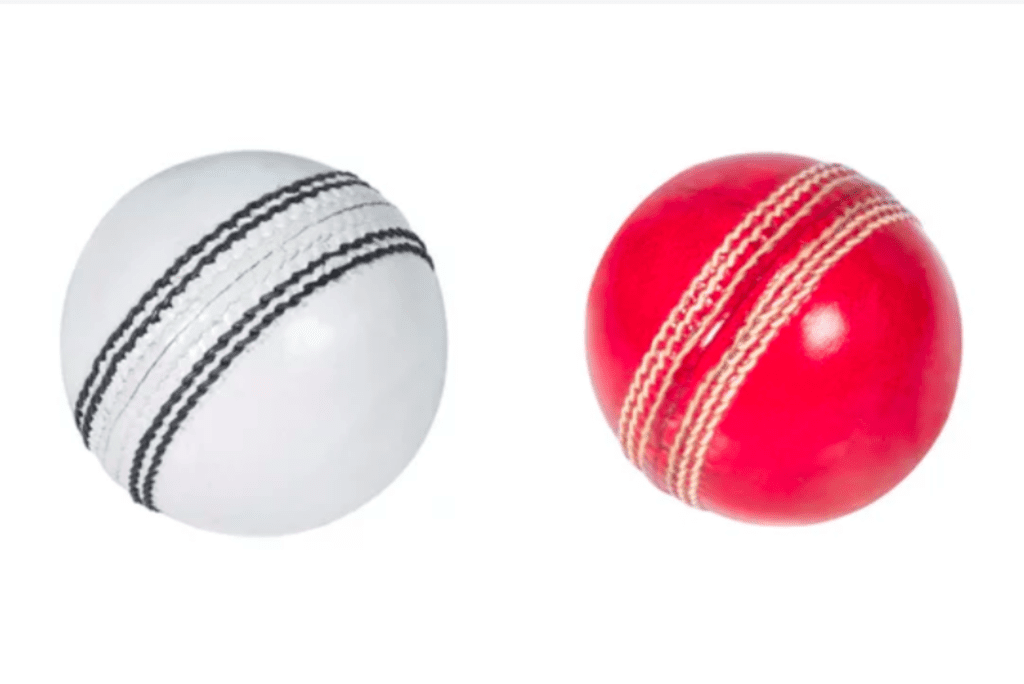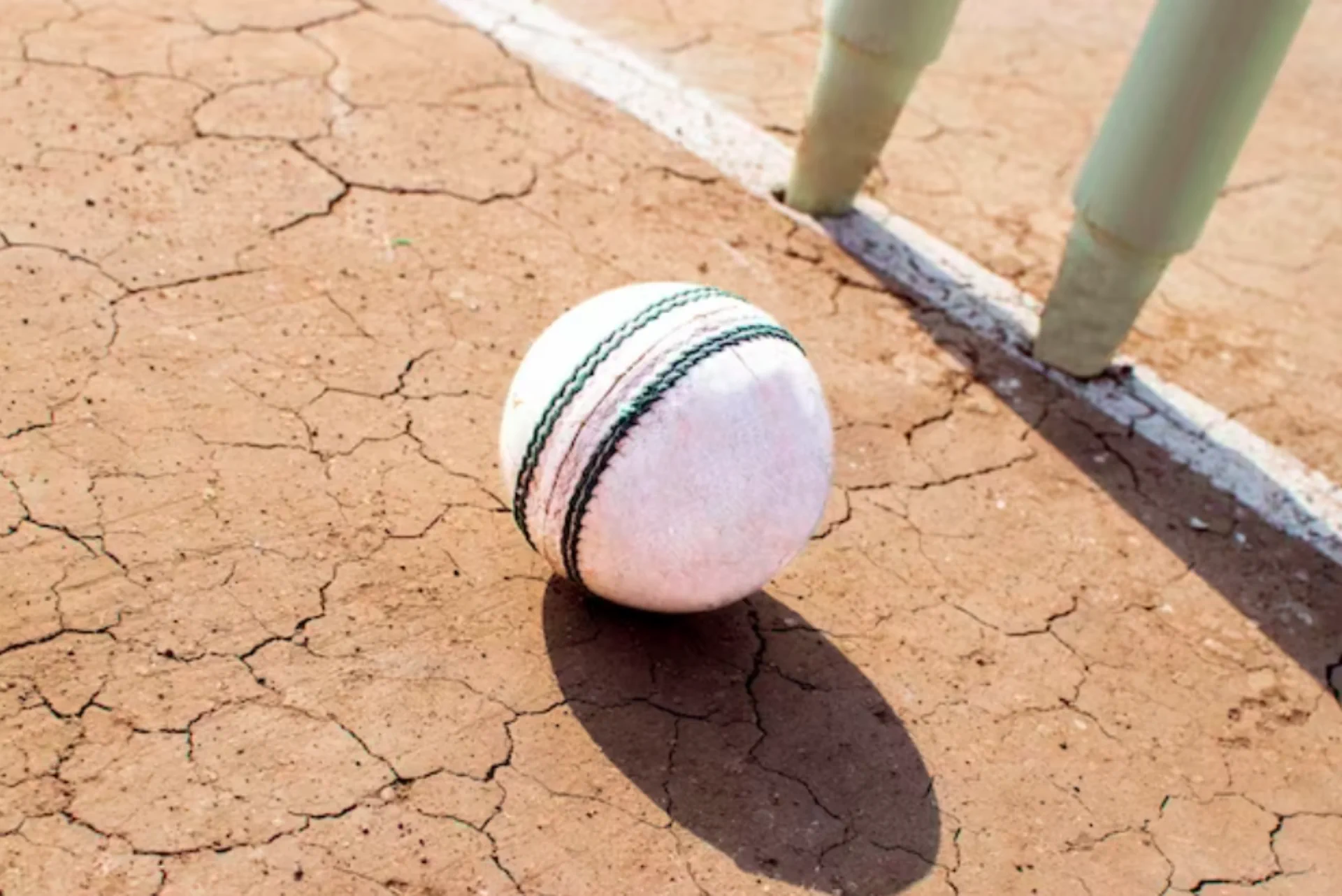Understanding the Rules of White Ball Cricket – What Sets it Apart from Red Ball Cricket?
White ball cricket has taken the world by storm in recent years, attracting fans and players alike with its fast-paced gameplay and exciting format.
But what exactly is white ball cricket, and how does it differ from traditional red ball cricket?
Defined as any form of cricket played with a white ball, this exciting variant of the sport has a history that dates back to the 1960s. It has grown in popularity over the years and is now played at the highest level of international cricket.
Understanding the rules of white ball cricket is essential for any player or fan looking to get involved in the game.
In this article, we will explore the key differences between white-ball cricket and red-ball cricket. We’ll also take a look at the role of the Kookaburra turf white cricket ball, and other important factors that set white-ball cricket apart from its traditional counterpart.
Brief History of White Ball Cricket
White ball cricket is a form of limited-overs cricket played with a white ball. This format of the game was first introduced in 1963 in England. The first-ever international white-ball cricket match was played on 5 January 1971 between Australia and England in Melbourne.
What are the Rules of White Ball Cricket?
The rules of white-ball cricket are similar to those of red-ball cricket, with a few notable exceptions. In white ball cricket, each team gets a maximum of 50 overs to bat, and the team that scores the most runs wins the game. If the scores are tied, the game goes into a super over, where each team faces one over of six balls, and the team that scores the most runs in the super over wins the game.
In T20 cricket, each team gets a maximum of 20 overs to bat. Moreover, the team that scores the most runs wins the game. If the scores are tied, the game goes into a super over. This is where each team faces one over of six balls, and the team that scores the most runs in the super over wins the game.
Another significant difference between white ball and red ball cricket is the fielding restrictions. In white ball cricket, only five fielders are allowed outside the 30-yard circle during the first powerplay (the first ten overs in ODI cricket and the first six overs in T20 cricket). After the powerplay, four fielders are allowed outside the circle. This rule encourages aggressive batting and high-scoring matches.
Why ODI and T20 formats are played with the white ball:
White ball cricket is played in various cricket formats. However, it is primarily played in the limited-overs formats of One Day Internationals (ODIs) and Twenty20 (T20) cricket. There are several advantages to using a white ball in these formats. These include improved visibility for players and spectators, as well as the ability to easily change the color of the ball. This ensures improved visibility under different lighting conditions.
In limited-overs cricket, the white ball also allows for a more consistent and fair playing field. This is because the ball does not suffer from the same wear and tear as a traditional red ball. This ensures that both teams have an equal opportunity to perform at their best throughout the match.
The role of the Kookaburra turf white cricket ball:
The Kookaburra turf white cricket ball is the ball of choice for international white-ball cricket matches. This ball is known for its durability and consistency, making it an ideal choice for high-level cricket.
Compared to other white cricket balls in the market, the Kookaburra turf ball is widely regarded as the best, It provides the finest performance and durability. This is why it is the ball used in all international white-ball cricket matches.
Weight differences between white and red ball cricket:
Another key difference between white ball cricket and red ball cricket is the weight of the ball. A white cricket ball is typically lighter than a red cricket ball. It weighs in at around 156 grams compared to 163 grams for a red ball.
This weight difference has a significant impact on gameplay. The bowlers need to adjust their technique when bowling with a white ball. The lighter weight also means that the ball is easier to hit, resulting in more high-scoring matches.
Other differences between white and red ball cricket:

Several other differences between white-ball cricket and red-ball cricket are worth noting.
Here are some other differences:
- Pitch Conditions – The pitch used in white ball cricket is generally flatter and harder, making it easier for batsmen to score runs. In contrast, the pitch used in traditional test cricket tends to offer more assistance to bowlers, resulting in lower scores.
- Bowling Techniques – In white ball cricket, bowlers focus on variations in speed and length to deceive batsmen and take wickets. In contrast, bowlers in red-ball cricket focus more on the seam and swing to exploit the conditions of the pitch.
- Fielding Restrictions – In white ball cricket, several fielding restrictions limit the number of fielders allowed outside the inner circle, making it harder for bowlers to defend. In contrast, there are no such restrictions in red ball cricket.
Why is White Ball Cricket Popular?
White ball cricket has gained immense popularity over the years, especially in the limited-overs format.
Here are some reasons why:
- More Exciting – The limited-overs format of cricket is more fast-paced and exciting, making it appealing to viewers.
- Shorter Duration – The limited-overs format is shorter, making it easier for viewers to follow the game and for players to recover from injuries.
- Higher Scores – The pitch conditions and the softer outer layer of the white ball make it easier for batsmen to score runs and hit boundaries and sixes, resulting in higher scores.
Original Cricket White Ball Price
The pricing for original cricket white balls varies depending on the manufacturer and the quality of the ball. For example, a pack of six Kookaburra turf white cricket balls can cost around $60. However, other brands may offer a cheaper or more expensive price point. Other factors that can influence the price of cricket balls include the manufacturing process, the materials used, and the level of demand.
Conclusion
White ball cricket is an evolution of the game that has gained immense popularity over the years. The limited-overs format, the white ball, and the pitch conditions all contribute to making this format of cricket exciting and appealing to viewers worldwide. While it may differ from traditional test cricket, white ball cricket has its unique set of rules and regulations.
Whether you’re an experienced cricket enthusiast or a newcomer to the sport, white ball cricket offers a thrilling and entertaining experience that is not to be missed. So grab your gear, find a team, and get ready to experience the thrill of white ball cricket!




